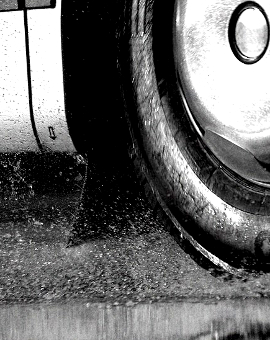Female truckies may be safer
 New research suggests that greater gender equity in road transport jobs might help reduce the risk of accidents.
New research suggests that greater gender equity in road transport jobs might help reduce the risk of accidents.
A British study has investigated which types of vehicles and drivers pose the greatest threat to other road users.
It found that men pose more risk to other road users than women do, and they are more likely to drive more dangerous vehicles.
In terms of absolute numbers, cars and taxis were associated with most (two-thirds) of fatalities to other road users. However, a comparison of fatalities per distance travelled shows that other vehicles might be even more dangerous.
Trucks were associated with one in six deaths to other road users: each kilometre driven was associated with more than five times the number of such deaths than each kilometre driven in a car.
There was a similarly high death toll for buses per kilometre driven.
Despite their small size, motorbikes also put other road users at high risk. Each kilometre driven was associated with around 2.5 times more deaths to other parties than was each kilometre driven in a car.
Cycling was associated with fewer deaths to other parties per kilometre ridden than all the other types of transport, with just one other death per billion kilometres cycled.
Analysis of the data by gender showed that men posed a significantly higher risk to other road users for five of the six vehicle types studied.
For cars and vans, the risk posed by male drivers was double that posed by women per kilometre driven, rising to four times higher for truck drivers, and more than 10 times higher for motorbike riders.
Lead researcher Dr Rachel Aldred points out 95 per cent of trucks are driven by men, but the data suggests male truck drivers pose a particularly high risk compared to female truck drivers.
“Greater gender equity would have a positive impact on these injuries,” she said, adding that: “Policy-makers should be looking to measure the risk posed to others, and how to reduce it.”
“We suggest policy-makers consider policies to increase gender balance in occupations that substantially involve driving, given the greater likelihood that other road users will be killed if men rather than women are driving or riding,” the researchers conclude.








 Print
Print